The Future Today
According to research company Gartner, 90% of large businesses will be using RPA by 2022. At FD Intelligence, we believe every business can benefit from this technology.
The companies that use RPA tend to like it – and want to use it more.
Of the businesses that currently use market leader UiPath’s RPA systems, 71% are increasing their RPA program this year. And by next year, 51% will have a fully embedded solution working across their organisation.
These trends show that RPA will be a standard feature of the workplace in the very near future. But it could make a very real difference to your business today.


The benefits of RPA are considerable
What are the benefits of RPA? RPA improves productivity and reduces costs and risks. It also increases employee engagement and satisfaction and improves the customer experience. And because of the very substantial cost savings that result from RPA, a positive return on investment is typically achieved in three to nine months.

Virtual Employees
Essentially, RPA gives you virtual employees – employees who never get sick, never take breaks and never make mistakes. They run unobtrusively in the background and carry out their tasks with complete procedural compliance.

Never gets sick

Never takes holidays

Works every weekend

Doesn’t make mistakes
Our Process


Process Discovery
Discover what to automate, identify value and prioritise opportunities.

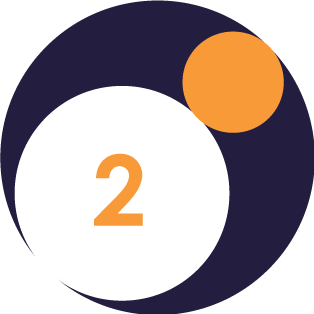
Build & Design
Design the process, develop the solution, and test the implementation.
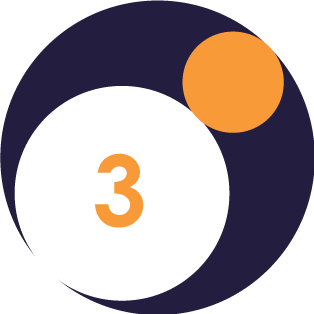
Manage & Deploy
Securely deploy and manage automations from a central system.
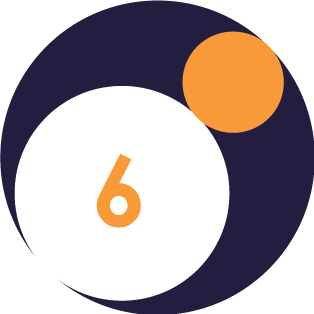
Test & Measure
Analytics give you deep insights into business metrics and robot metrics.

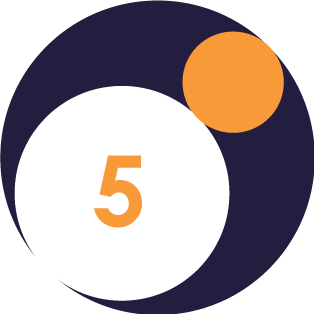
Engage & Grow
People and robots work together to automate complete processes.

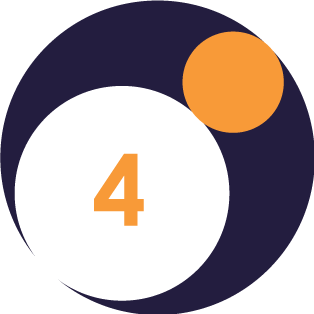
Run & Automate
Robots work with your apps and your staff to carry out automations.


Run & Automate
Robots work with your apps and your staff to carry out automations.


Engage & Grow
People and robots work together to automate complete processes.

Test & Measure
Analytics give you deep insights into business metrics and robot metrics.
Simple to Set Up
Each robot only needs to be ‘trained’ once, following rules laid out by the people who have previously performed that role.
The development of the robot is very quick compared with most software projects and is typically complete within a couple of months, depending on the complexity of the tasks involved. And once the first robot is built, it becomes much easier to build others as they can re-use some of the same blocks of code.
Each of these blocks covers a specific function – a system login, for example. So the project team quickly builds up a library of code blocks that can be reused in subsequent robots and updated across all the robots at once – as when a system login changes.


